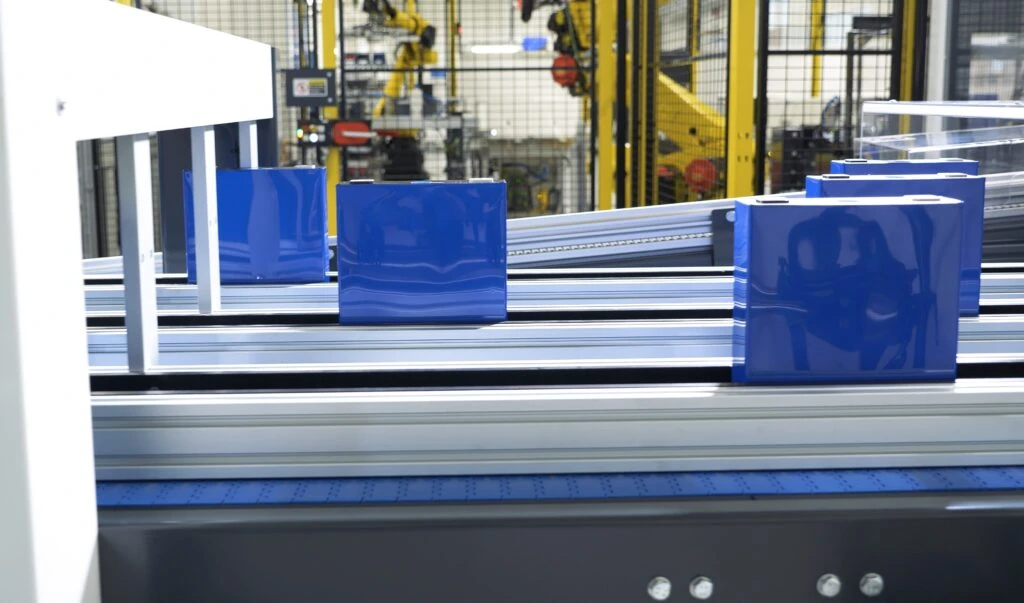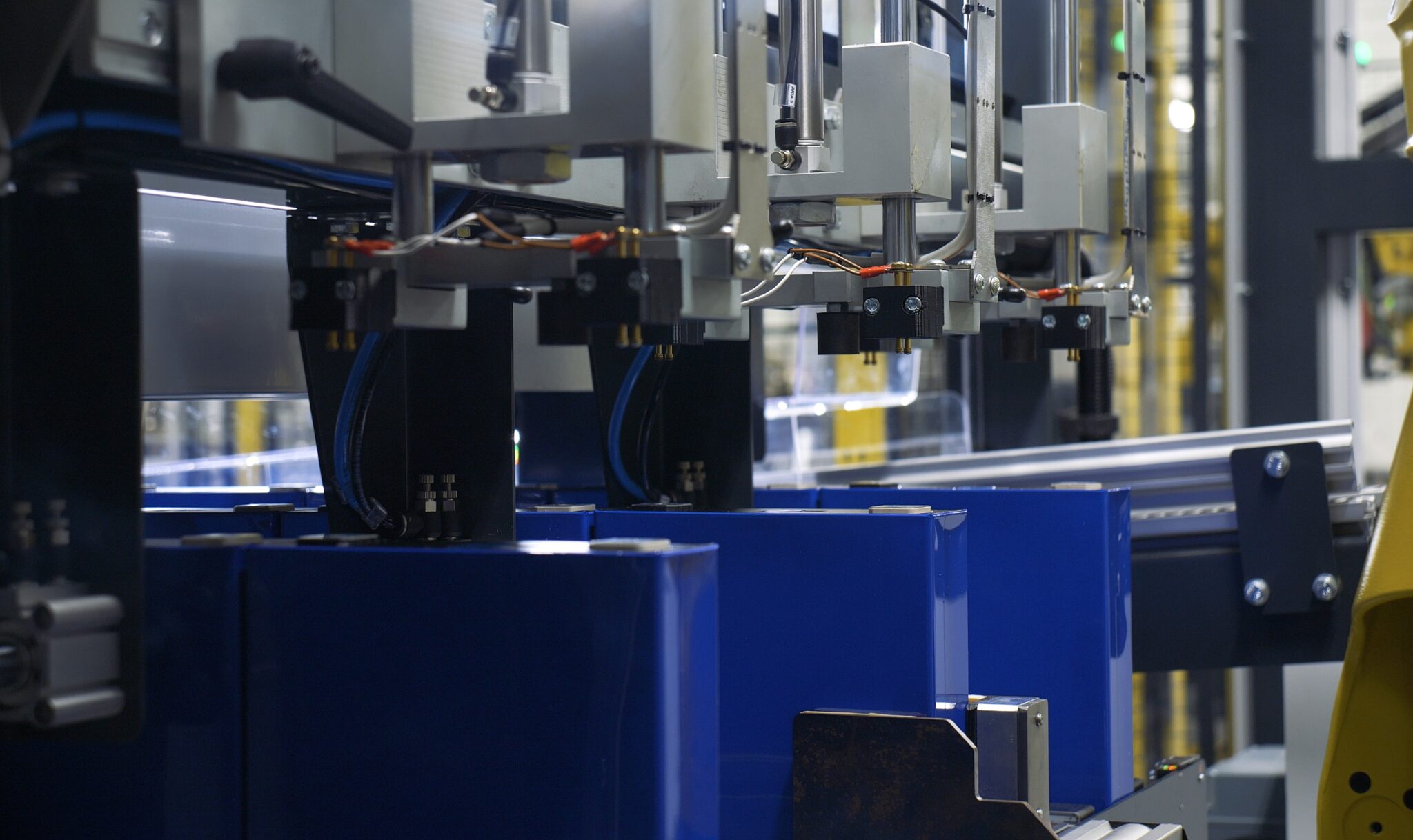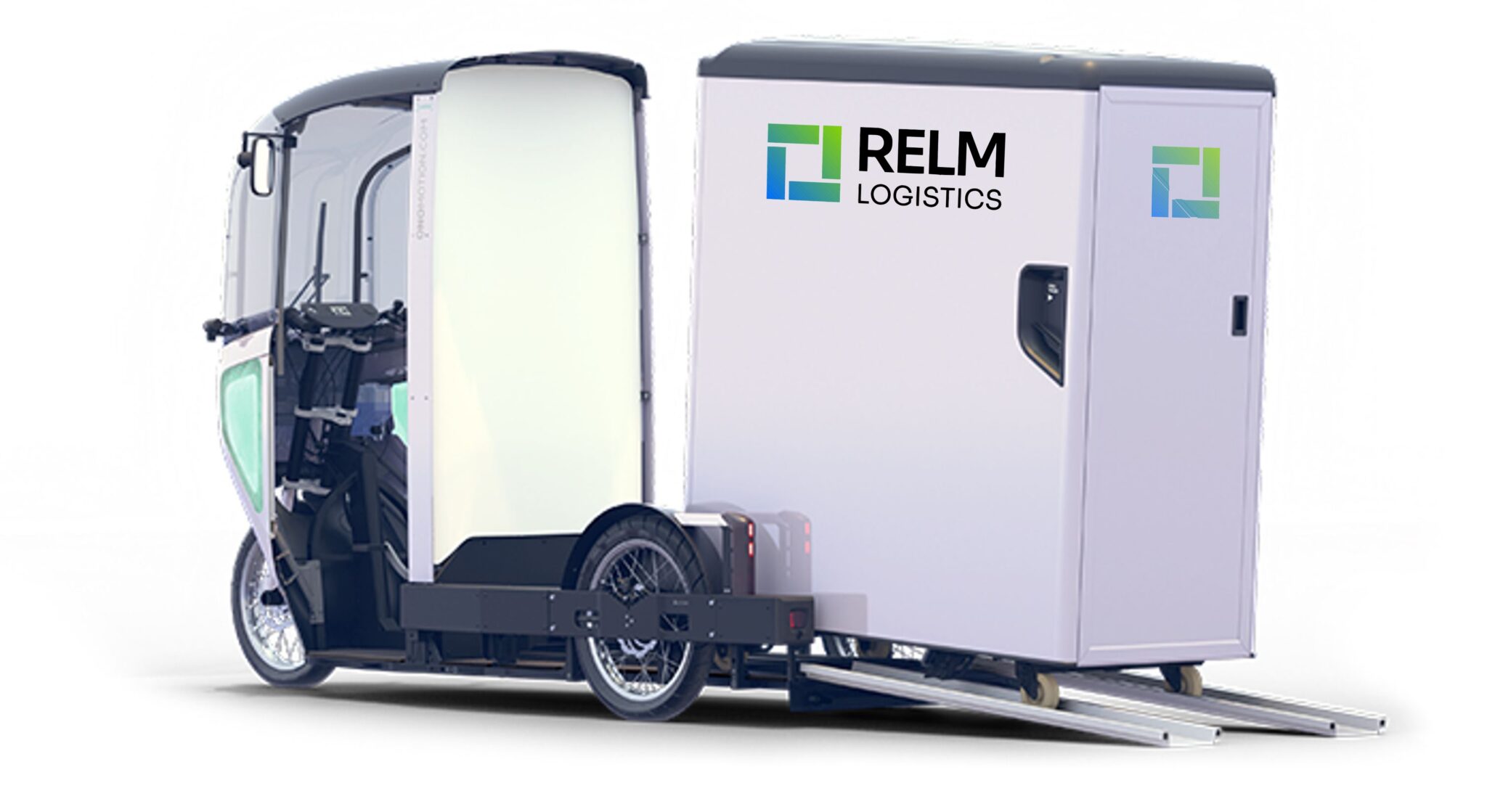Property investors and owners are facing a fundamental shift in how they understand and manage flood risk, as the UK Environment Agency’s updated flood risk mapping reshapes future development and climate resilience planning.
The UK government has estimated that around 6.3 million properties in England are in areas at risk of flooding. The total number of properties in areas at risk from rivers and the sea or surface water could increase to around 8 million by mid-century. In other words, 1 in 4 properties in England will be in areas at risk of flooding from rivers, the sea or surface water by 2050. Across England, the Environment Agency has estimated the new mapping has resulted in a 43% increase in the number of buildings in areas at risk of flooding from surface water.
Exposed industrial zones
The updated models offer a deeper insight into how even minor elevation changes and surface water behaviours impact buildings and sites. They go far beyond historical flood zones, instead focusing on future risks. These will only increase as climate change intensifies. Industrial sites, some of which sit in the most vulnerable flood risk areas (Flood Zone 3), are some of the most impacted areas.
In some cases, industrial land can provide a level of flood storage in the most extreme events in order to prioritise protection of surrounding more sensitive sites, such as residential properties. Despite this being an understandable priority, it puts pressure on businesses to adapt their assets quickly and meaningfully.
Russell Garnett, head of environmental consultancy at built environment consultant Hollis, notes: “The new maps should provide improved risk assessments, but property owners will have to consider the flood data more during their decision-making. Investors need to be proactive to help protect the value of their investments for years to come.”
Rethinking designs
The design of the building and the surrounding landscape will have a great impact on the flood risk of properties. Previously overlooked factors, like kerb heights or threshold levels, now take on new importance. A kerb that stands just 10cm high could dramatically change how water moves across an industrial estate, protecting a building from serious flood damage in the future.
In hard-standing areas, which are common around logistics and warehousing sites, poor drainage can compound the issue, as stormwater has nowhere to go. Systems installed in the 1980s and 1990s were often designed for storms with return periods of 1-in-30 years. With 1-in-50 and 1-in-100-year events increasing in frequency, many systems are not able to safely remove the stormwater at the volumes required. When drainage fails, surface water accumulates, further increasing the likelihood of flood damage.
Practical steps for flood resilience
Mitigating these risks requires a coordinated approach. Updating flood risk assessments with high-resolution topographic surveys is essential. Site-specific design interventions, such as raising electrical sockets, installing elevated charging points for machinery, or adding modest thresholds to doorways can offer vital resilience.

Design itself is also evolving. In newer industrial developments that are at risk of flooding, offices are being placed on the first-floor level to shield expensive IT equipment from water ingress, with warehouse spaces left at risk on the lower floor, but more easily recoverable. This design shift helps minimise business disruption and reduce long-term costs from repeated claims or repairs. Regular maintenance is also key. On industrial sites, drains frequently clog due to debris. Ensuring these systems are clear at all times significantly reduces the chance of flooding, particularly in intense rainfall scenarios.
Risk profile and insurance under pressure
As flood risk increases, insurability and premium costs will be carefully reevaluated. Sites that now fall into higher-risk zones could face increased scrutiny or even be deemed uninsurable or unsellable. In such cases, proactive flood resilience planning becomes essential for preserving asset value.
Beyond individual sites, the updated flood data influences wider investment decisions. The ability to recover quickly from a flood event and to demonstrate resilience through design could become a key differentiator in an increasingly risk-conscious market. The industry must also prepare for the fact that what is Zone 2 today may become Zone 3 in the future, as sea levels continue to rise, and storms increase in intensity and frequency.
Climate change is accelerating this shift. Winters in the UK are becoming wetter, and summers are no longer immune from flood risk. Saturated ground conditions mean heavy rainfall leads to faster run-off and with drainage infrastructure already under strain, the consequences can be severe.
Garnett explained: “It’s going to cost you money one way or another, so be proactive. By preparing in advance, via the robust assessment of sites and employing mitigation measures, where required, the cost of flood impact on a site can be reduced. Preparing in advance to get a building back up and running quickly after a flood event should be a core part of this process.”
Commercial property owners should look at the new mapping system as an opportunity for more insight, rather than a stress point. These maps are more than just data, they are a guide to futureproofing assets in a world where flood risk is no longer a remote concern, but an immediate one.
similar news
Risk Reduction Specialist in Flood Security Doors Deal













